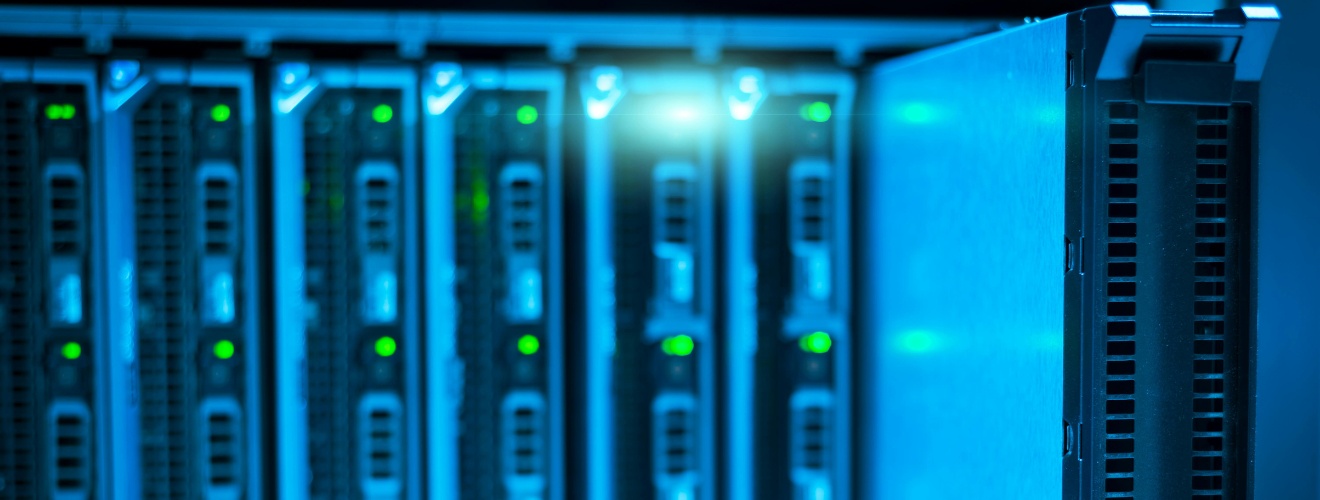Networking
The Future of Self-Healing Network Performance Monitoring Software

The era of reactive network management is rapidly ending. Organizations worldwide now embrace network performance monitoring software that doesn’t just detect problems; it fixes them automatically. Self-healing networks represent a transformative shift in how businesses maintain connectivity, combining artificial intelligence with automated remediation to keep operations running smoothly.
What Makes Self-Healing Networks Revolutionary
Network performance monitoring software with self-healing capabilities uses AI and machine learning to detect, diagnose, and resolve network issues without human intervention. Unlike traditional monitoring tools that simply alert IT teams to problems, these intelligent systems take immediate action. When a network anomaly appears, the software automatically reroutes traffic, adjusts configurations, or applies patches before users notice any disruption.
How Network Performance Monitoring Software Deliver Continuous Uptime
Modern-day software leverages AIOps: Artificial Intelligence for IT Operations, to transform raw network data into actionable intelligence. These platforms continuously analyze traffic patterns, device performance, and user behavior to establish baseline norms. When metrics deviate from expected patterns, the system doesn’t wait for a technician’s diagnosis. Instead, AI-driven automation kicks in immediately. The software might detect unusual latency between data centers and automatically adjust routing protocols. It could identify bandwidth congestion and dynamically allocate additional resources. For security threats, these systems can isolate compromised devices and activate defensive protocols, all within milliseconds.
Industry Adoption of Self-Healing Software
Telecommunications providers have emerged as the largest adopters of self-healing network performance monitoring software, driven by 5G network complexity and stringent uptime requirements. Healthcare organizations follow closely, where network disruptions can literally impact patient care and life-critical systems. Financial institutions deploy these solutions to maintain transaction integrity and meet regulatory compliance standards.
Cisco, Ericsson, and other industry leaders continue advancing self-healing capabilities within their software offerings. Recent innovations include integration with intent-based networking, where administrators define desired outcomes and AI handles implementation details automatically. This abstraction layer allows network teams to focus on strategic initiatives rather than constant firefighting.
The convergence of AI, automation, and network observability marks a pivotal moment in IT infrastructure management. Businesses that embrace network performance monitoring software with self-healing features gain competitive advantages through enhanced reliability, and reduced costs. For more blogs on networking, visit The Tech Affair.
Tags:
Network InfrastructureNetwork ManagementNetworking TrendsAuthor - Abhinand Anil
Abhinand is an experienced writer who takes up new angles on the stories that matter, thanks to his expertise in Media Studies. He is an avid reader, movie buff and gamer who is fascinated about the latest and greatest in the tech world.